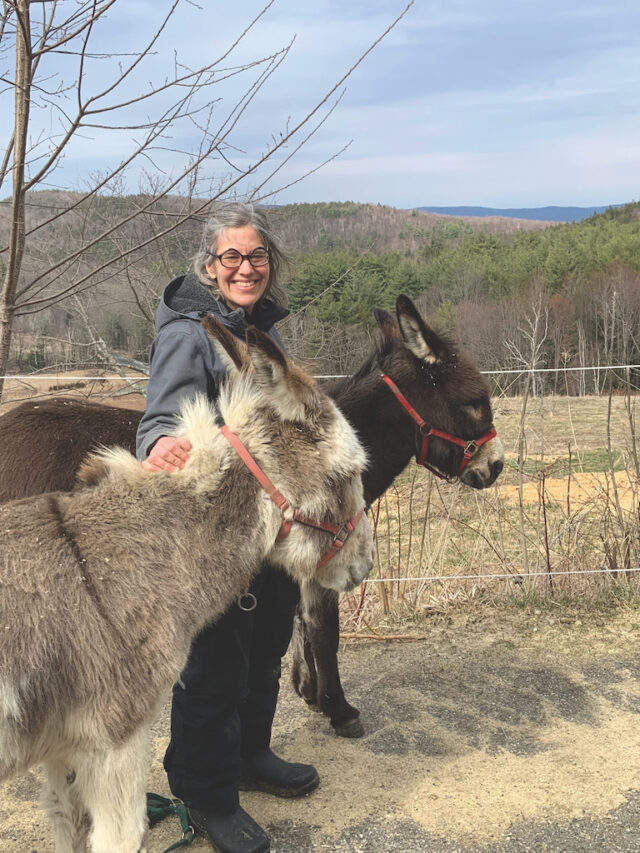
By Amely Greeven
How much better could life be for Americans if we closed the well-being gap? This simple, but transformative, question motivates the work of Katya Fels Smyth, a maverick whose movement, Full Frame Initiative, is devoted to solving some of the stickiest problems of our time. Poverty, oppression, social inequity, chronic disease, urban degradation, domestic violence, the epidemic of loneliness, broken juvenile justice—the weight of these problems can overwhelm. But Smyth’s organization partners with the people in the trenches, from big government systems to grassroots community groups and nonprofits, to pave a different way forward, one that can achieve long-term structural change. It starts with reframing how they are currently going about things by pulling back and asking: What is it that every human wants at their core?
Smyth’s commitment to this inquiry began three decades ago, when she founded a community organization for chronically homeless and trafficked women. “I discovered that it wasn’t about ‘fixing’ the woman. Rather, when a person is wanted, when they belong to something, they do better.”
As a fellow at the Harvard Kennedy School at Harvard University, she spent five years researching humanity’s hardwired drive for well-being—a sense of belonging, connection, purpose, agency and wholeness. She identified that the great inequity in who can easily access well-being in society today, and who cannot, is the invisible dilemma that makes existing systems ineffective at improving life for millions of Americans. But nobody was seeing it that way. Instead, most systems—from child welfare and criminal justice to things like urban planning and infrastructure—perpetuate rigid narratives and mental models, using
short-term “fixes” often applied after people were harmed.
“Well-being” wasn’t exactly a zeitgeist term when Smyth launched Full Frame 15 years ago. Nevertheless, Smyth saw the urgency of centering it in the conversation. She created a science-backed well-being framework to show organizations how to reimagine programs, policies and funding, and collected a cadre of expert fellows to help teach it.
It took off. A deep-dive project in California with women survivors of violence expanded the focus of services from short-term safety alone to broader access to well-being, which ultimately shifted over $400 million in government spending toward more successful programs and inspired other states to follow. In Missouri, Full Frame Initiative helped the juvenile justice system understand how the quest to belong and to matter drove previously mystifying, and condemnable, choices made by kids in the system and their families. This led to an evolution in services that spawned positive change in other state systems as a result. Recently, a notable partnership with the city of Cleveland introduced well-being equity as a design principle in the rebuilding of the Lake Erie waterfront.
It’s not just about solving problems “over there.” Smyth believes the secret to building the better world we all know begins with how each of us chooses to see. “We so often ‘otherize’ people by assuming their actions and choices are driven by different wants than ours. But look with curiosity through a well-being lens, and you realize most people are trying to keep themselves and the people they love safe, or are trying to live with natural rhythms, or want to belong to something, just like we are. We are much more alike than different. That fuller frame is where we need to start if we want a society in which everyone gets to thrive.” fullframeinitiative.org





